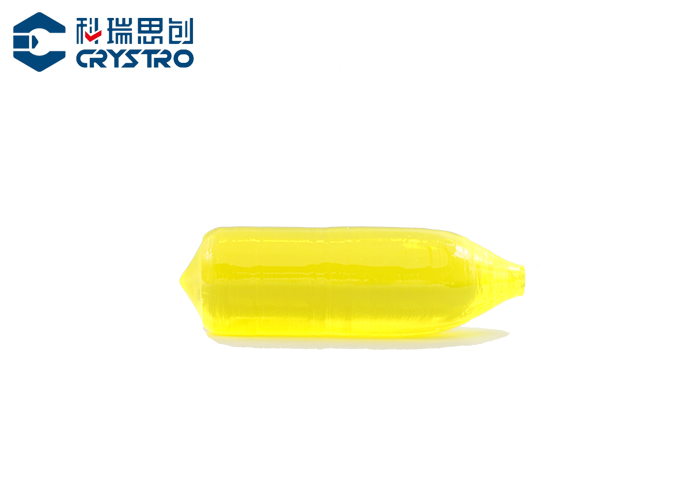In the realm of radiation detection, LuAG(Ce) crystals emerge as pivotal components, driving innovation and breakthroughs across diverse fields. From healthcare to fundamental research, the exceptional properties of LuAG(Ce) crystals empower scientists and engineers to develop cutting-edge detection systems with unrivaled sensitivity and precision.
In this comprehensive overview, we delve into the myriad applications, properties, and configurations of LuAG(Ce) crystals, illuminating their indispensable role in advancing detection technology.

Understanding LuAG(Ce) Crystals:
LuAG(Ce) crystals, composed of lutetium aluminum garnet doped with cerium, exhibit remarkable scintillation properties that make them highly desirable for radiation detection. These crystals possess a unique combination of characteristics, including high light yield, excellent energy resolution, and low intrinsic radioactivity, making them ideal candidates for a wide range of detection applications.
Properties of LuAG(Ce) Crystals:
High Light Yield: LuAG(Ce) crystals boast an exceptional light yield, efficiently converting incident radiation into detectable photons. This high light output enhances the sensitivity and efficiency of detection systems, enabling accurate measurement and analysis of radiation sources.
Excellent Energy Resolution: With their superior energy resolution, LuAG(Ce) crystals can distinguish between different energy levels of incoming radiation with unparalleled precision. This capability is crucial for applications requiring detailed spectral analysis and identification of specific radiation signatures.
Low Intrinsic Radioactivity: One of the key advantages of LuAG(Ce) crystals is their minimal intrinsic radioactivity, which reduces background noise and interference in detection measurements. This low background signal enhances the signal-to-noise ratio, improving the reliability and accuracy of detection results.

Sizes and Configurations:
LuAG(Ce) crystals are available in a variety of sizes and configurations to accommodate different detection needs and system requirements. These include:
Standard Sizes:
- Small-Scale Crystals: Compact and portable, small-scale LuAG(Ce) crystals are ideal for handheld or field-deployable detection devices, offering mobility without compromising performance.
- Medium-Sized Crystals: Medium-sized LuAG(Ce) crystals strike a balance between sensitivity and practicality, making them suitable for a wide range of detection systems in research laboratories, medical facilities, and industrial settings.
- Large Crystals: Designed for high-throughput applications and advanced imaging techniques, large LuAG(Ce) crystals provide superior sensitivity and spatial resolution, enabling detailed analysis of radiation patterns and distributions.
Custom Configurations:
- Single Crystals: Individual LuAG(Ce) crystals can be customized in terms of dimensions, orientation, and doping concentration to meet specific detection requirements and system specifications.
- Array Configurations: Arrays of LuAG(Ce) crystals offer increased coverage and multiplexing capabilities, allowing for simultaneous detection of multiple radiation sources or energy levels in complex environments.
LuAG(Ce) crystals represent a cornerstone of modern detection technology, offering unmatched performance, reliability, and versatility across diverse applications. With their exceptional properties and customizable configurations, these crystals continue to drive innovation and advancement in fields ranging from healthcare and research to security and beyond.
As scientists and engineers push the boundaries of detection technology, LuAG(Ce) crystals stand poised to play a central role in shaping the future of radiation detection and analysis, unlocking new possibilities for scientific discovery, medical diagnosis, and global security.

